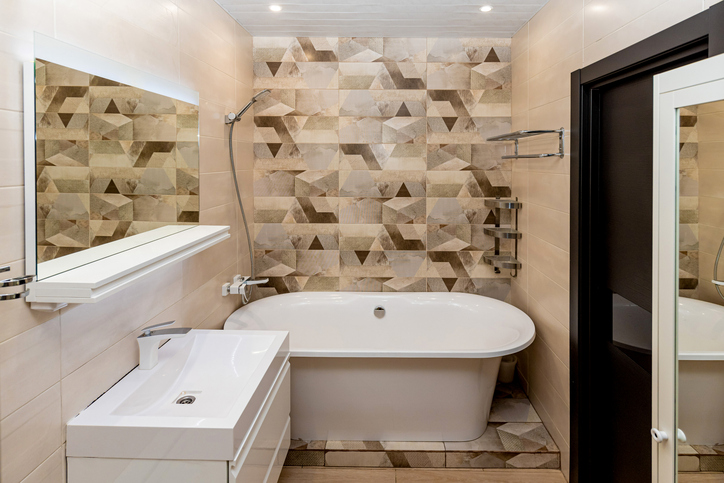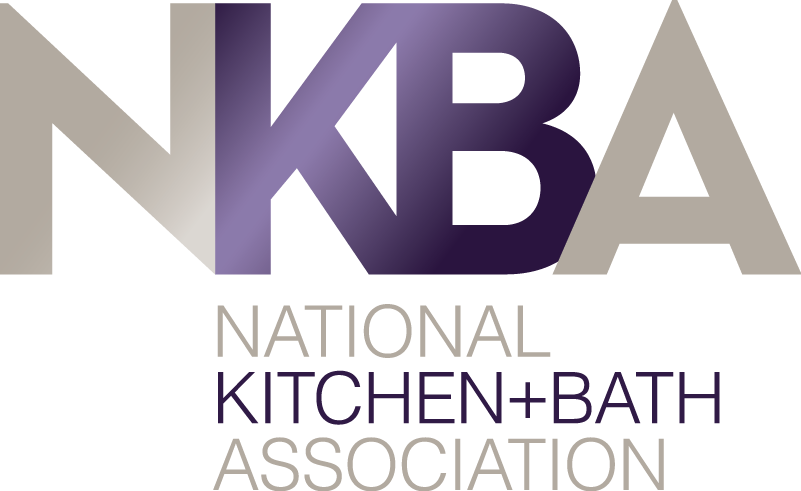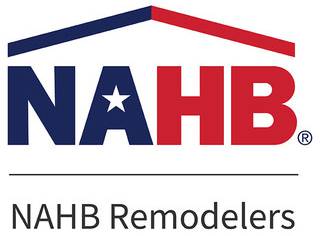
Embarking on a bathroom redesign can seem like a daunting task, especially when it comes to selecting the perfect tile combinations. With such an extensive array of materials, colors, sizes, and finishes to choose from, the task of mixing and matching can quickly become overwhelming. Fortunately, bathroom designers have long relied on several tried-and-true tips for mixing tile to create stunning, cohesive spaces. In this guide, we will share these invaluable insights to help you design a bathroom that not only reflects your unique style but also stands the test of time.
Understanding the Basics: Tile Materials and Finishes
The foundation of any great tile combination begins with a solid understanding of the materials and finishes available. Each tile type, from porcelain and ceramic to marble and glass, offers distinct advantages in terms of durability, maintenance, and aesthetic appeal. For instance, porcelain tiles are heralded for their toughness and moisture resistance, making them ideal for floors and wet areas, while glass tiles add a luminous quality to backsplashes and accent walls. If you’re working with an experienced bathroom remodeler, they can help you select tile materials that perfectly balance beauty, function, and longevity.
Similarly, the finish of a tile – be it glossy, matte, or textured – can dramatically influence the room’s overall feel. Glossy finishes reflect light, brightening the space and creating a clean, modern look, whereas matte finishes offer a more subdued, natural appearance. By mixing tiles with different finishes, you can add depth and interest to your bathroom design.
Mixing Sizes and Shapes for Visual Interest
One of the most effective strategies for tile mixing is to play with size and shape. Large-format tiles can make a small bathroom feel more spacious, while smaller, decorative tiles like mosaics can introduce patterns and focal points. A current trend is to combine large rectangular wall tiles with hexagonal or penny tiles on the floor for a dynamic, textured look. Whether you’re starting from scratch or renovating, a skilled bathroom contractor can bring creative tile layouts to life while ensuring proper installation and lasting results.
Incorporating various shapes also allows for creativity in layout patterns, such as chevron, herringbone, or basket weave, adding a bespoke touch to your bathroom design.
Creating Harmony with Color and Pattern
When mixing tiles, a harmonious color palette is key to achieving a cohesive look. Designers often recommend starting with a neutral base and using one or two accent colors for depth and character. This could mean selecting a vibrant blue for a feature shower wall while keeping the rest of the tiles in soothing greys and whites.
Patterns play a significant role as well, with the potential to make a bold statement or add subtle texture. A common approach is to limit patterned tiles to one area, such as the floor or a feature wall, to avoid overwhelming the space. Combining solid-colored tiles with patterned ones in similar hues can unify the design while adding visual interest.
Practical Considerations: Durability and Safety
Beyond aesthetics, practicality is crucial in choosing your tile combinations. For flooring, especially in wet areas, it’s important to consider slip resistance and durability. Porcelain tiles with a textured finish or natural stone with inherent grip can provide both style and safety. Furthermore, for areas subjected to heavy use, selecting tiles rated for high durability can ensure your bathroom withstands the test of time.
Let’s Start a Conversation!
If you’re searching online for a top-rated “bathroom contractor near me“, DreamMaker Bath & Kitchen of South Valley delivers excellence at every step. From layout and materials to lighting and finishes, we handle every detail with care and precision. Start your custom renovation today—call (801) 410-0909 or complete our online form. We proudly serve Draper, Bluffdale, Herriman, Riverton, Sandy, and South Jordan.





